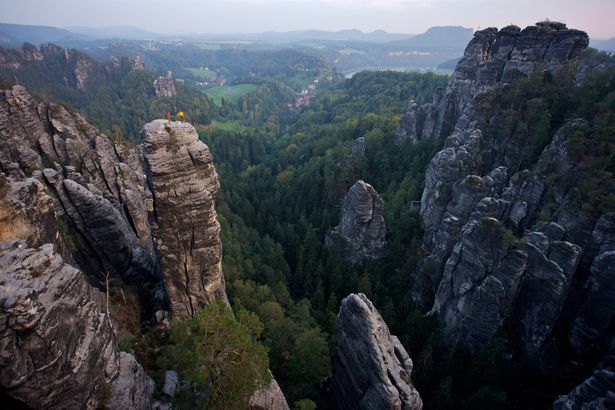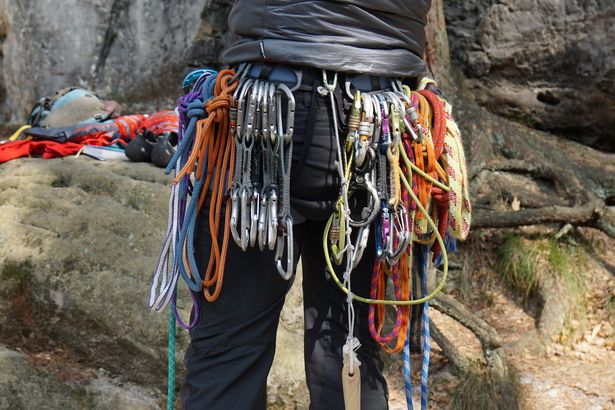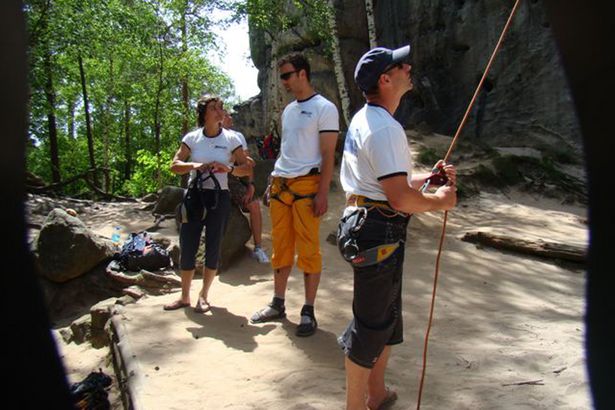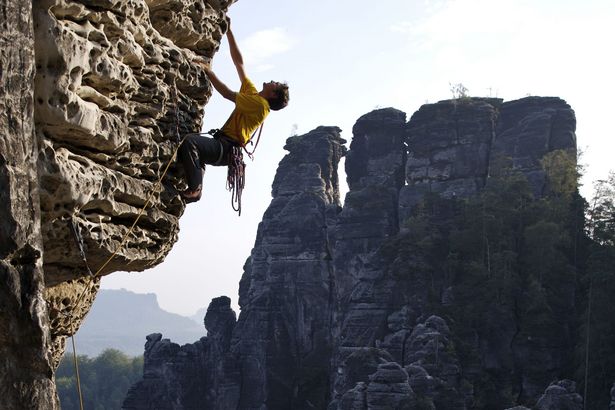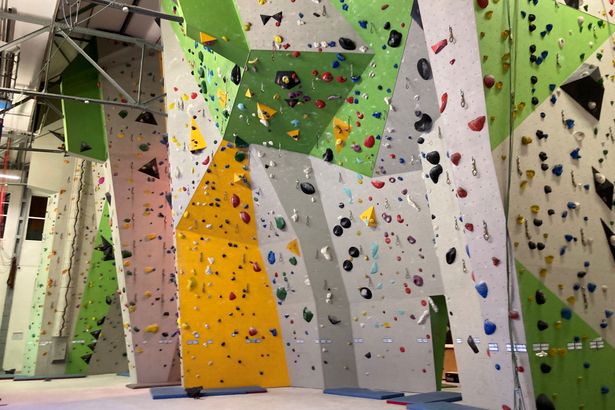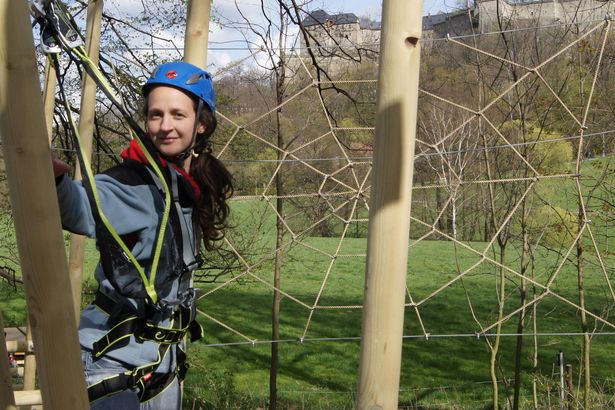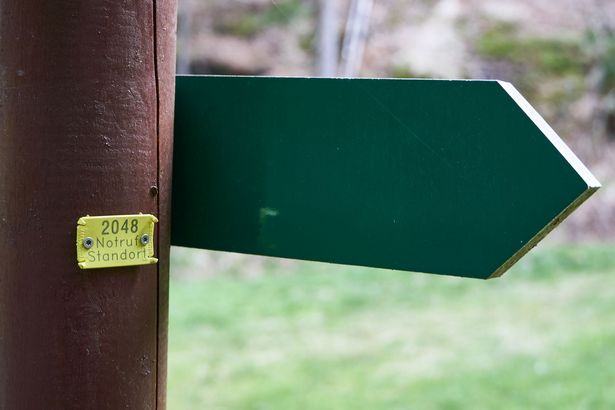The birth place of free climbing
How everything started
Climbing has a long history in Saxon Switzerland. There is written evidence dating back to about 150 years ago. Many consider an event in March 1864 as the hour of birth of the Saxon climbing sport when five Schandau gymnasts conquered Falkenstein Mountain with the help of tree trunks and ladders. In 1874 two mountaineers from Pirna succeeded in climbing up to the top of Mönch Rock without any aids.
In 1910, the “Saxon Climbing Regulations” where recorded in writing for the first time. Since then these rules have hardly changed and include as an important element a prohibition on artificial aids to overcome gravity. This idea spread over the whole world. It is known today as free climbing and is practiced in the United States, in France, Spain, Thailand and other countries of the world.
Stages of Development
The early development of mountaineering in the Elbe Sandstone Mountains took place in the period between 1777 and 1890, which was characterized by climbs supported by artificial aids. In the years between 1890 and 1910 the main mountaineering development of the area followed. At this time, face and crack climbing added to simple chimneying. With these additions, many new routes to previously inaccessible summits were developed. It was the great time for legendary climbers such as Oscar Schuster, Friedrich Meurer, Albert Kunze, Rudolf Fehrmann, Fritz Wiessner or Oliver Perry-Smith.
After 1912 and before World War II, even more dangerous face and crack climbing was practised and not only were new summits conquered but also more difficult climbing routes were developed. Considerably improved climbing techniques and belaying methods enabled mountaineers finally to access the last remaining climbable summits; this last stage of development is also called the completion of classical Saxon mountaineering.
From that time on, climbers developed more and more extremely difficult routes of Grade VIII and IX. Bernd Arnold, Manfred Vogel, Jürgen Höfer and Klaus Schäfer are representatives of this period. Among the younger extreme mountaineers of the 1990s are Sven Scholz, Uwe Richter or Gunter Gaebel.
